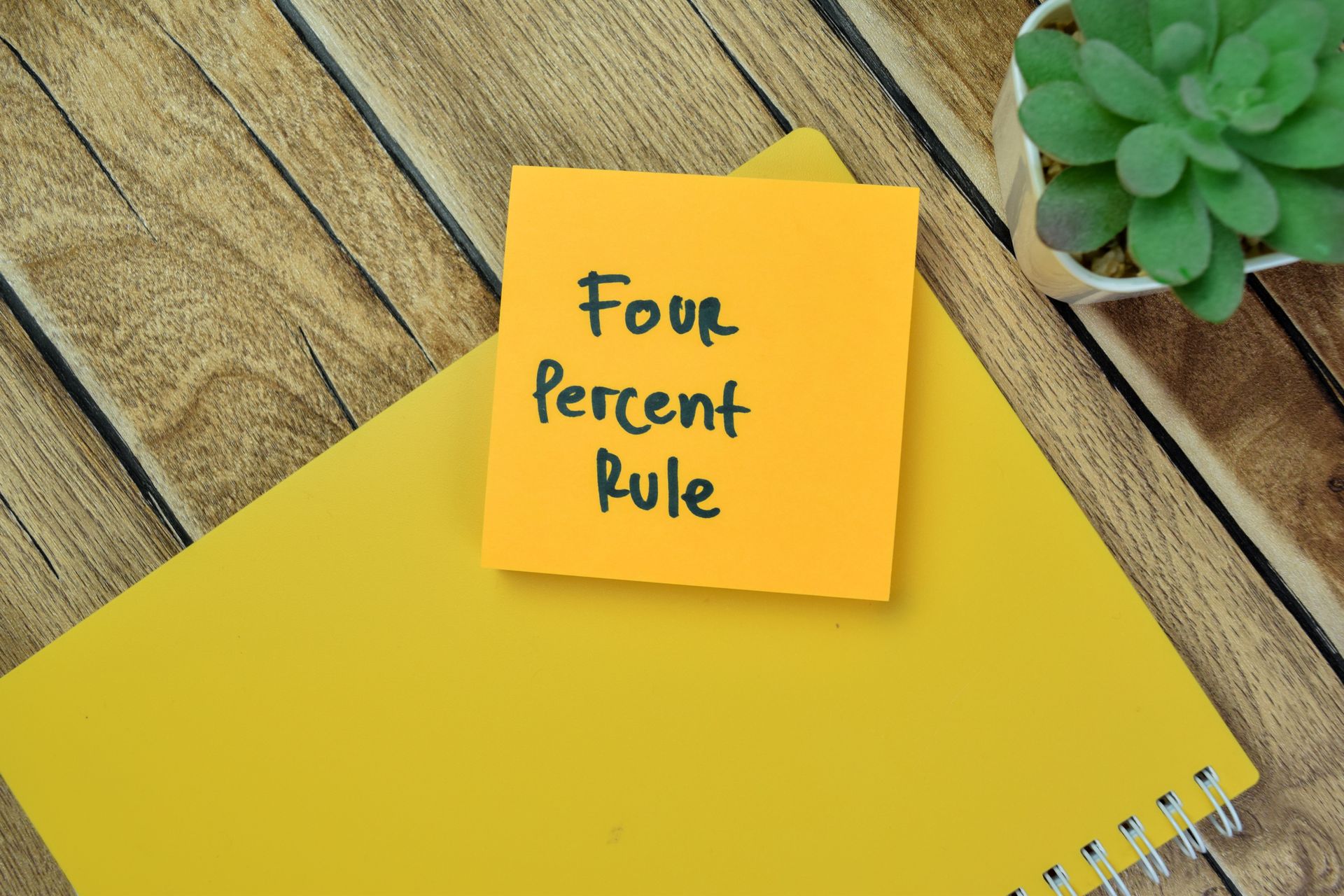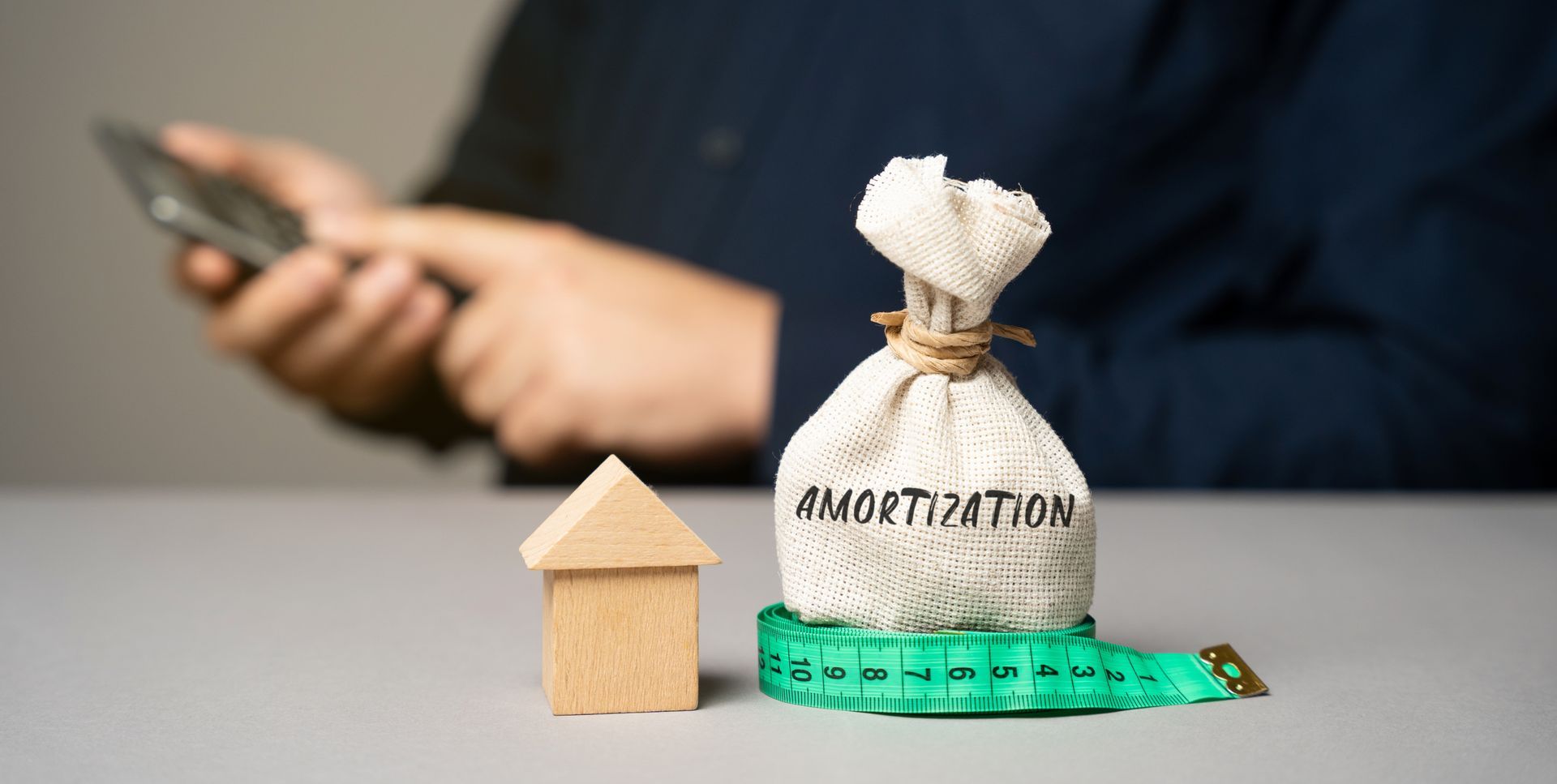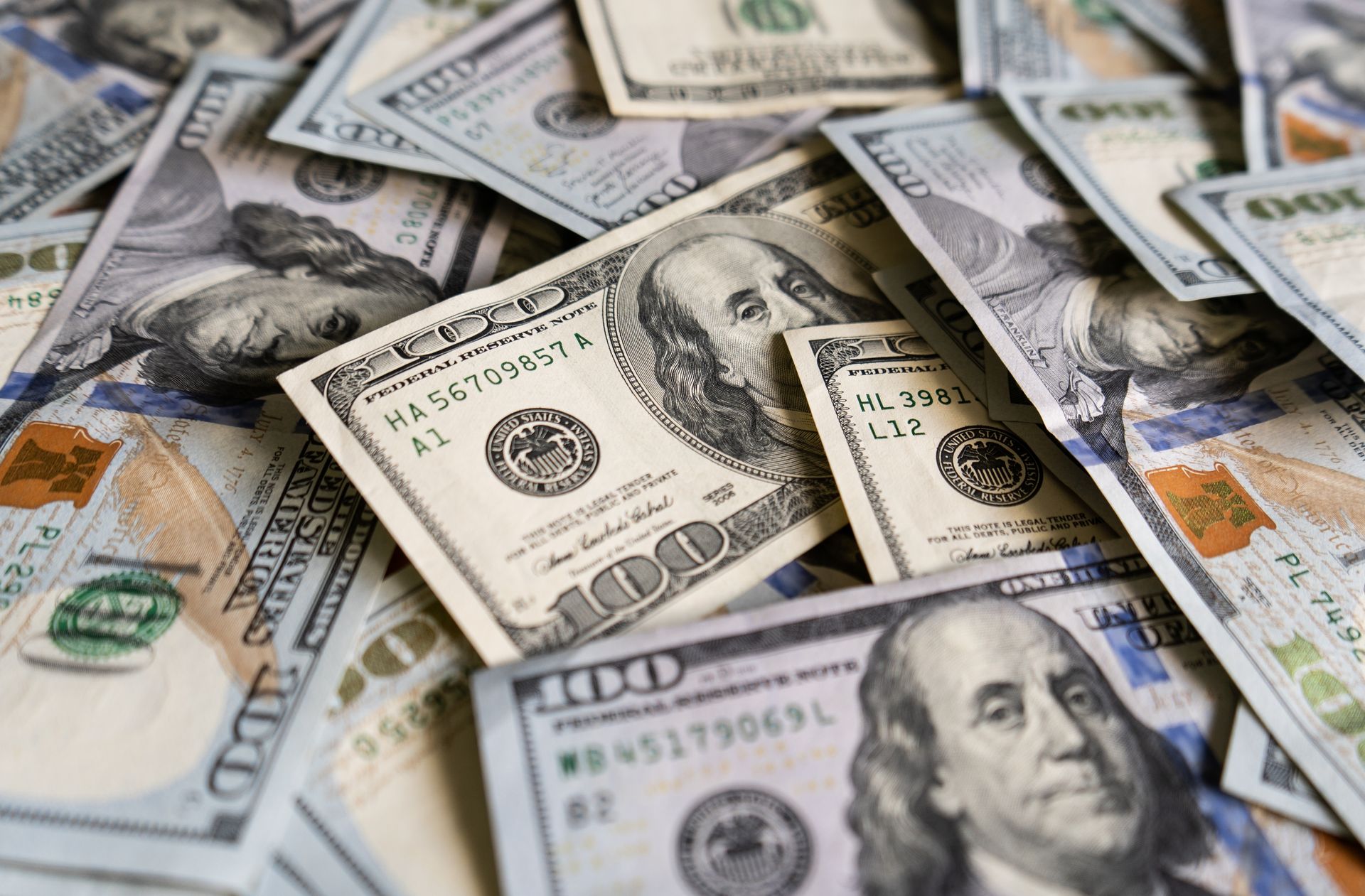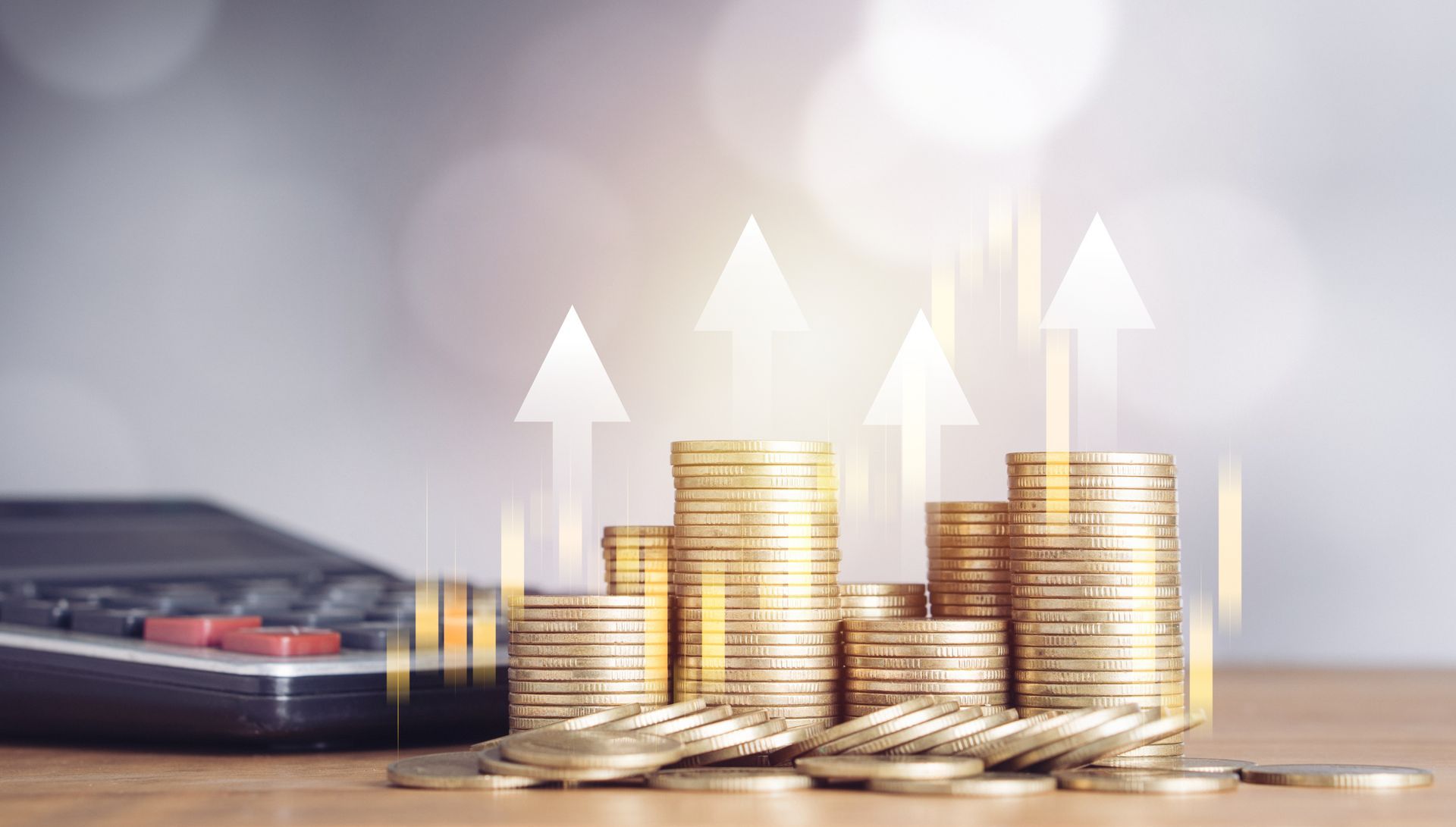Understanding How Banks Turn You into a Subscription
And how to unsubscribe from endless payments.
The World Is Built on Subscriptions
Look around.
Movies. Groceries. Software. Gym memberships. Even your car. Everything is a subscription now, not because you asked for it, but because someone realized you’re worth more paying forever than owning once.
That model didn’t start with Netflix. It started with the banks.
“The modern subscription economy was born in a bank — not a tech company.”
The Original Subscription Model: Your Debt
A 30-year mortgage is just a 360-month subscription to the same house. Auto loans, student loans, and credit cards — all built on the same idea: make ownership feel affordable, even if it costs double.
Banks learned early that people will commit to monthly comfort before total cost.
So they built a system that rewards paying longer, not finishing faster.
And the longer you stay, the more valuable you become.
“You’re not the customer — you’re the recurring revenue.”
How the Bank’s Subscription Works
Every time you refinance, extend, or consolidate, you renew your subscription. Your interest resets. The clock restarts. That “lower payment” feels like a win — but you’ve just bought more time, which is exactly what the bank sells. The beauty of their model is simple:
They profit not from what you owe, but from how long you owe it.
“Banks don’t sell money. They sell time, and they charge interest for every second you borrow it.”
The Psychology of Payments
Why do subscriptions work so well? Because they’re built around emotion, not math.
$12 a month feels harmless.
$1,000 a month feels manageable.
The big number hides behind the small one.
That’s how people end up paying $3 for a burrito every month — or $600,000 for a $350,000 home.
And it’s also how people fall into the minimum payment trap.
Most people don’t realize that making only the minimum payment isn’t a sign of progress — it’s the exact behavior banks depend on.
Every minimum payment keeps your balance alive, your interest compounding, and your timeline extended. If you make the minimum payment on a $10,000 credit balance at 18% interest, it could take over 17 years to pay off, and cost you twice what you borrowed.
That’s not a bug in the system. That is the system.
“The subscription model only works because people keep renewing it, one minimum payment at a time.
Tacoma’s Reality: Cost of Living on Autopay
In the South Puget Sound, almost every family has felt this shift. Between property taxes, streaming, utilities, groceries, and debt, more than 70% of income in many Pierce County households is spoken for before payday. Not because people are reckless — but because the world has made payments by default. It’s not budgeting anymore. It’s managing subscriptions.
From the outside, it looks normal. Inside, it’s exhausting.
The Silent Trap of Convenience
Convenience feels good — until it costs control. Automatic payments, digital wallets, and “buy now, pay later” plans make everything frictionless. But friction is what used to make us think. When money moves too easily, awareness disappears. And that’s when flow turns into a drain.
“Autopay isn’t freedom when you’re not in charge of what’s paying.”
How to Unsubscribe
You can’t cancel life’s bills, but you can cancel the model that controls you. Here’s how:
1. Know Every Subscription
List every recurring charge — from your mortgage to your music apps.
It’s all the same pattern. See the flow clearly before you can change it.
2. Ask: Do I Own or Owe?
If it stops when you stop paying — you don’t own it.
If you can’t pause it without penalty — you’re subscribed.
3. Reclaim Your Flow
Every dollar has a job. Assign it consciously.
Redirect what you recover from unnecessary payments toward debt reduction or cash reserves.
4. Stop Renewing Debt
When you refinance or consolidate, look beyond the payment.
Ask: How much longer will I be paying for the same thing?
Banks Invented the Model — But You Can Beat It
The subscription mindset keeps their system running. But once you understand how it works, you can use it against itself. Structure your money the way they structure theirs:
- Keep cash flowing.
- Reuse the same dollars with purpose.
- Shorten your timelines instead of extending them.
That’s how you unsubscribe from the endless payment loop, without missing a beat.
“You can’t cancel the system. But you can stop being its subscriber.”
Understanding How to Become Completely Debt-Free (Including Your Mortgage) in 7–10 Years
Most people think the idea of paying off everything; mortgage, cars, credit cards, student loans, in under a decade sounds impossible. But it’s not a miracle. It’s math and motion.
The same system that keeps people paying forever can set them free, when you flip the timing. This isn’t the simple debt snowball or debt avalanche approach you’ve heard about. Those methods work on paper, they either focus on the smallest balances or the highest interest rates, but they ignore how money actually moves through your life.
My approach looks at flow, not just order.*
It’s about how income, expenses, and debt interact over time — so every dollar serves multiple purposes without losing momentum.
Here’s how that happens:
- Redirect Flow: Every dollar you free from wasted interest or unused subscriptions is reassigned toward principal payoff.
- Shorten the Timeline: Instead of paying 30–year terms, you attack debt in a 7–10 year rhythm using cash-flow timing.
- Reuse Money: Once one debt is cleared, that payment immediately funds the next target — without raising your total expenses.
- Control Interest: You stop renting time from the bank by sending money where it matters most — sooner.
It’s not about working harder or taking risks. It’s about learning to bank like a bank does: efficiently, intentionally, and on your schedule. “Debt freedom isn’t about paying more. It’s about paying with purpose.”
Families I’ve worked with in the Tacoma area have eliminated decades of debt, including their mortgage; simply by changing the order, timing, and direction of their dollars. The difference isn’t income, it’s structure.
The Financial Minimalist View
At Financial Minimalist, we teach that awareness is the unsubscribe button. You don’t need to live without convenience — you just need to live with control.
When you understand how banks built the subscription model of money, you can finally see how to flip it.
Instead of renting time, you start owning it.
And once you control your timing, you can pay off everything in 7–10 years — including your home — and still build wealth along the way.
“Freedom doesn’t come from paying less — it comes from knowing what you’re paying for.”
Key Takeaways
- The subscription economy began with banking, not entertainment.
- You’re more valuable as a long-term payer than as a one-time buyer.
- Minimum payments keep you subscribed longer than you realize.
- You can become debt-free (including your mortgage) in 7–10 years through structure, not sacrifice.
- Awareness, timing, and flow are how you unsubscribe.
Final Thought
Everything today is built to keep you paying — softly, automatically, indefinitely.
That’s not an accident. It’s a business model.
The banks figured it out first.
Tech companies just copied it.
But you don’t have to keep playing. You can build your own model — one that moves money with purpose, not pressure.
“They built a world of subscriptions. You can build a life of freedom.”









